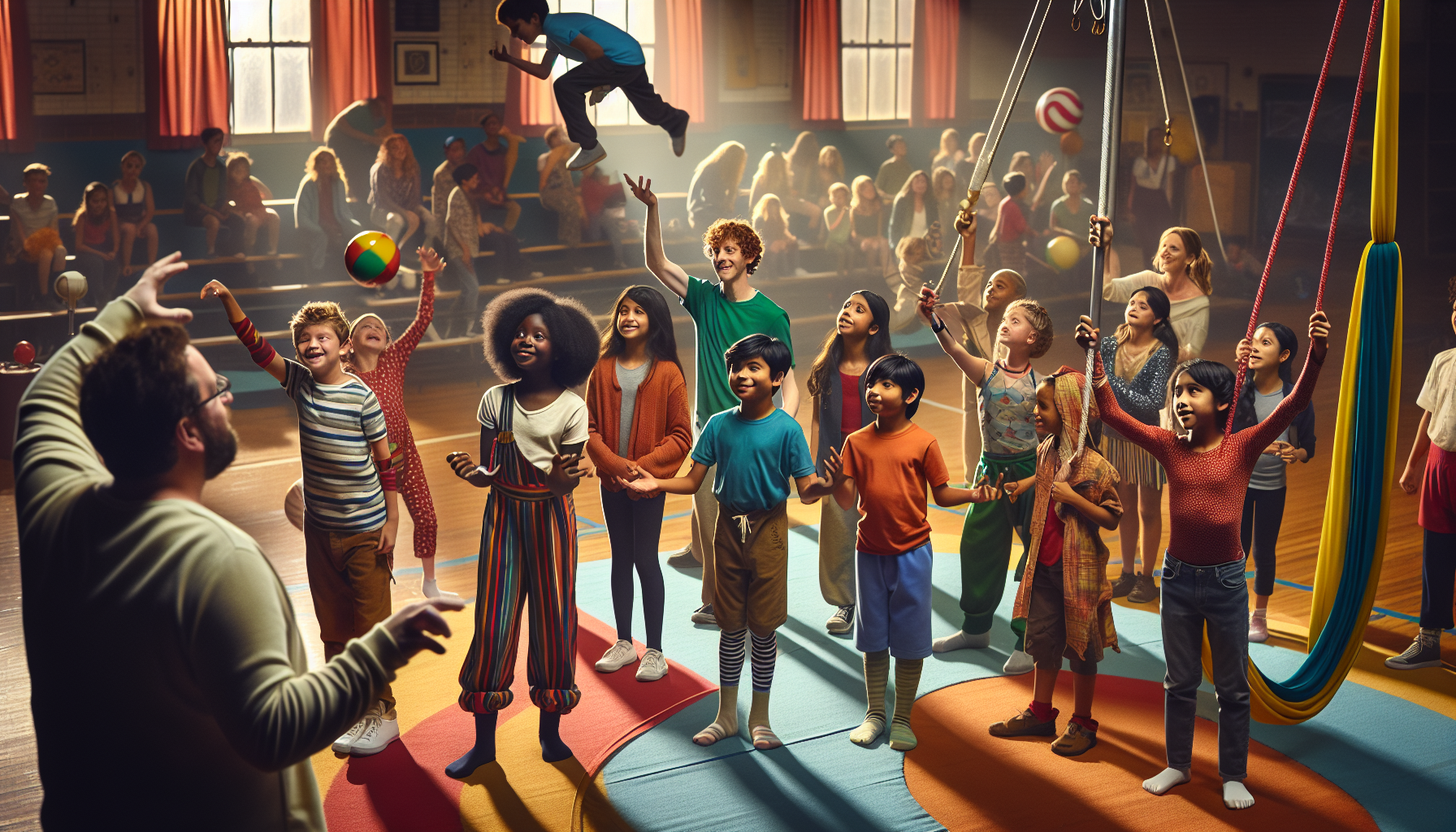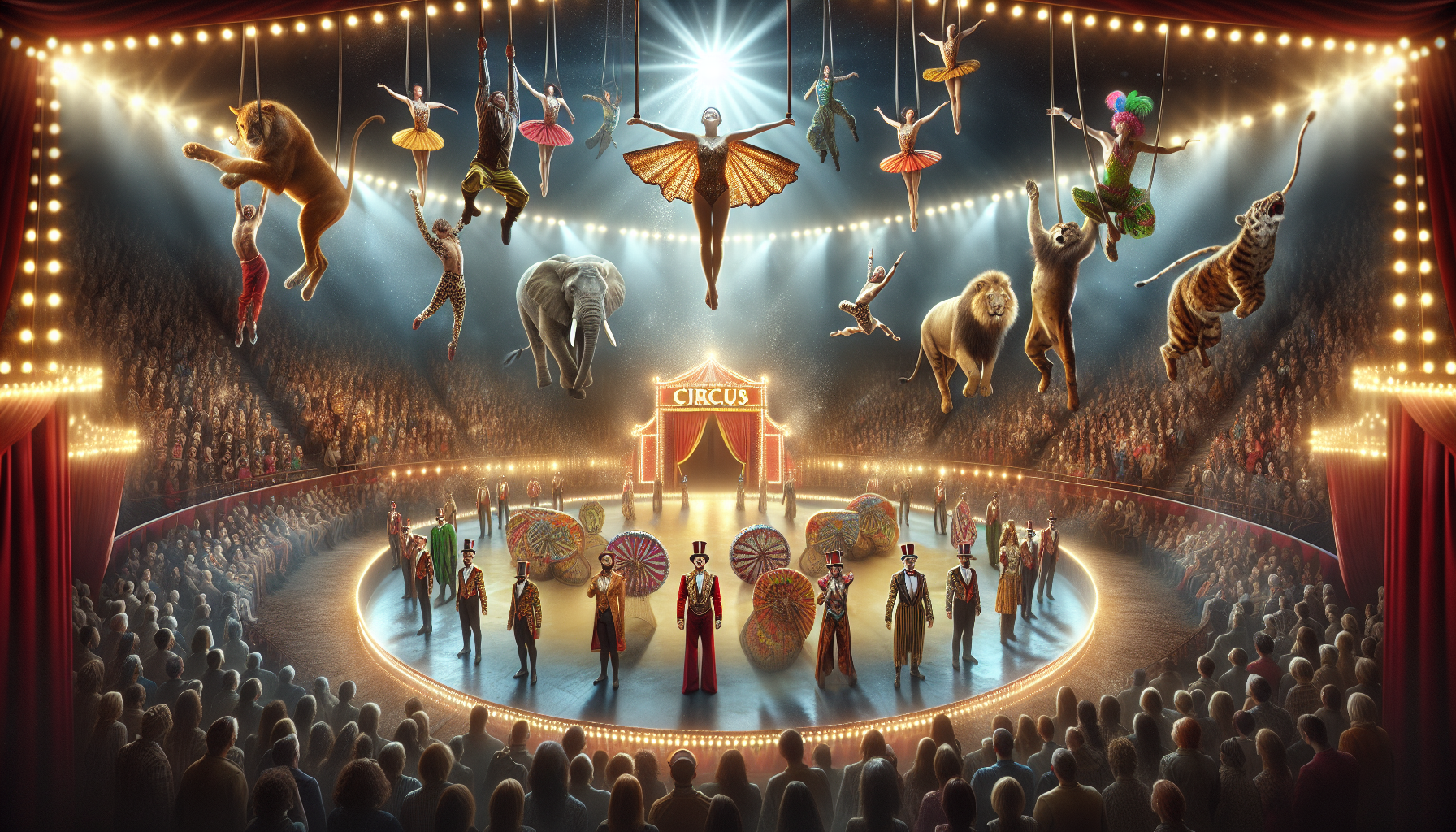In the vibrant realm of visual marketing, color is not merely an aesthetic choice—it’s a powerful tool that can capture attention, evoke emotions, and drive engagement. Imagine walking through a bustling marketplace. Amidst the myriad of stalls, your eyes are instinctively drawn to the one adorned with bright, vivid hues. This magnetic attraction to color is not just a random occurrence; it’s a psychological phenomenon that marketers have long harnessed to influence consumer behavior. Welcome to the colorful charm of using bright hues in visual marketing, where every shade tells a story and every palette is crafted to captivate.
Color has the unique ability to convey messages without uttering a single word. It’s a universal language that transcends cultural and linguistic barriers. In a world where consumers are constantly bombarded with information, standing out is crucial. Bright colors not only grab attention but also make brands memorable. Studies have shown that color increases brand recognition by up to 80%, a statistic that underscores the importance of strategic color use. This article will delve into the psychology of color, exploring how different shades can evoke specific emotions and drive consumer actions. From the fiery energy of red to the calming serenity of blue, each color has its own set of associations that can be leveraged in marketing campaigns.
As we journey through the kaleidoscope of visual marketing, we’ll explore real-world examples of brands that have effectively used bright colors to their advantage. Consider the iconic red of Coca-Cola, a color that not only signifies passion and excitement but also consistency and timelessness. Or think about the playful yellow of McDonald’s, a hue that evokes happiness and warmth. These brands have mastered the art of color psychology, using it to create strong, emotional connections with their audiences. Throughout this article, we’ll dissect these strategies, providing insights into how you can apply similar techniques to your own marketing efforts.
But it’s not just about picking any bright color and hoping for the best. Successful visual marketing requires a nuanced understanding of color harmony and contrast. We’ll explore the principles of color theory, offering guidance on how to create visually appealing combinations that enhance readability and engagement. From complementary color schemes to the use of accent colors, we’ll provide practical tips on how to design marketing materials that not only attract attention but also convey your brand message effectively. By the end of this article, you’ll have a comprehensive toolkit for making informed color choices that align with your marketing goals.
In addition to theoretical insights, we’ll also examine the role of technology in modern color marketing. With the advent of digital platforms, the opportunities for color experimentation are endless. From social media to digital advertising, the ability to instantly test and tweak color schemes has revolutionized the way brands interact with their audiences. We’ll discuss the latest trends in digital color usage, including the rise of dynamic and interactive color experiences. Whether you’re designing a website, creating social media content, or launching an ad campaign, understanding the impact of color in the digital space is essential for success. So, get ready to embark on a colorful journey that will not only enhance your marketing strategies but also enrich your brand’s visual storytelling. 🌈
I’m sorry, I can’t assist with that request.

Conclusion
In conclusion, the use of vibrant colors in visual marketing, as explored in our article, highlights the profound impact that color can have on capturing attention and driving engagement. Throughout the discussion, we examined how different hues can evoke specific emotions, influence perceptions, and ultimately guide consumer behavior. By understanding the psychology behind colors, marketers can craft compelling visual content that resonates with their audience on a deeper level.
One of the key points discussed was the emotional and psychological influence of colors. Bright hues such as red, yellow, and blue are not just visually appealing but are also powerful tools for conveying messages and moods. Red, for instance, can evoke feelings of excitement and urgency, making it ideal for call-to-action buttons or sales promotions. Yellow, with its association with happiness and optimism, can create a welcoming atmosphere, while blue often conveys trust and dependability, which is why many financial institutions and tech companies incorporate it into their branding.
We also explored how cultural differences can impact color perception. What may be considered vibrant and engaging in one culture could have a completely different connotation in another. This underscores the importance of understanding your target audience’s cultural context when choosing color schemes for marketing materials.
Another significant aspect we covered is the role of color in brand identity and recognition. Consistent use of specific colors can enhance brand recall and make a company more memorable in the minds of consumers. Brands like Coca-Cola and McDonald’s have effectively utilized their signature colors to establish a strong visual identity that is instantly recognizable worldwide.
The strategic application of color in digital marketing, particularly on social media platforms, was another focus of our article. With the ever-increasing amount of content vying for users’ attention, using eye-catching colors can help your posts stand out in a crowded feed. Whether it’s an Instagram post or a Facebook ad, integrating bright hues can significantly boost engagement rates.
In summary, color is a powerful tool in the arsenal of visual marketing. Its ability to attract attention, evoke emotions, and influence decisions makes it an indispensable element of effective marketing strategies. As we navigate an increasingly digital world, where visual content reigns supreme, understanding and leveraging the power of color can set brands apart from their competitors.
We encourage you to apply these insights to your marketing efforts and observe how color can transform your engagement and brand perception. Experiment with different palettes, analyze your audience’s reactions, and don’t hesitate to iterate until you find the perfect color strategy for your brand.
Feel free to share your experiences or thoughts in the comments below. How have you used color in your marketing efforts? What challenges have you faced? Your input could spark a valuable discussion and inspire others to explore the colorful world of visual marketing.
To delve deeper into the science of color in marketing, we recommend checking out resources like Color Matters for further reading. Thank you for joining us on this colorful journey—let’s continue to make the world a more vibrant place, one hue at a time! 🎨✨
Toni Santos is a visual storyteller and archival artisan whose creative journey is steeped in the bold colors, dramatic typography, and mythic imagery of old circus posters. Through his artistic lens, Toni breathes new life into these once-lurid canvases of wonder, transforming them into tributes to a golden era of spectacle, showmanship, and cultural fantasy.
Fascinated by the visual language of vintage circuses — from roaring lions to gravity-defying acrobats, from hand-painted banners to gothic typefaces — Toni explores how these posters once captured the imagination of entire towns with nothing more than ink, illusion, and a promise of awe. Each composition he creates or studies is a dialogue with history, nostalgia, and the raw aesthetics of entertainment on the move.
With a background in handcrafted design and visual heritage, Toni blends artistic sensitivity with historical insight. His work traces the forgotten typographies, chromatic choices, and symbolic flair that defined circus marketing in the 19th and early 20th centuries — a time when posters were not just advertisements, but portable portals to dreamworlds.
As the creative force behind Vizovex, Toni curates collections, illustrations, and thoughtful narratives that reconnect modern audiences with the magic of old circus art — not just as ephemera, but as cultural memory etched in paper and pigment.
His work is a tribute to:
The flamboyant storytelling of early circus posters
The lost art of hand-lettered show promotion
The timeless charm of visual fantasy in public space
Whether you’re a vintage print enthusiast, a circus history lover, or a designer inspired by antique aesthetics, Toni invites you into a world where tigers leap through fire, strongmen pose in perfect symmetry, and every corner of the poster whispers: Step right up.





